Warning: Undefined variable $k in /home/nginx/domains/wired2fishcom.bigscoots-staging.com/public/wp-content/themes/understrap-child-0.6.0/functions.php on line 984
Warning: Undefined variable $k in /home/nginx/domains/wired2fishcom.bigscoots-staging.com/public/wp-content/themes/understrap-child-0.6.0/functions.php on line 987
So anglers will debate on what’s the most important thing in your fishing gear for actually landing fish. A lot say it’s having the best fishing line. A bunch say it’s your knot. Others will say it’s a sharp hook. But I would say to me knowing how to set the drag on your fishing reels is maybe the most important thing. Not so much because it’s completely necessary to land a fish, but it can make up for a bad line, a not so sharp hook and even a not really great knot.
How you set and adjust your drag can give you power when you need it and forgiveness when the fish demands it. You can cinch it down and drive a good hook, and loosen it up and let a big, hot fish play down before trying to land it. It can avoid knot and line breakages on last-second surges right when you’re attempting to land a fish. And it can give a light line of lower pound test, the ability to land fish it otherwise couldn’t.
You tie 4-pound line to the end of a cane pole and latch onto a big catfish or 5-pound bass, chances are that fish isn’t getting landed. Put that same line on a reel with a properly adjusted drag and I’ve landed a lot of fish double or quadruple the weight of my pound test. That’s what knowing how to set your drag means in fishing.
So let’s run through some quick steps on properly setting your drag for fishing. And also how to adjust it while fishing if something unexpected happens.
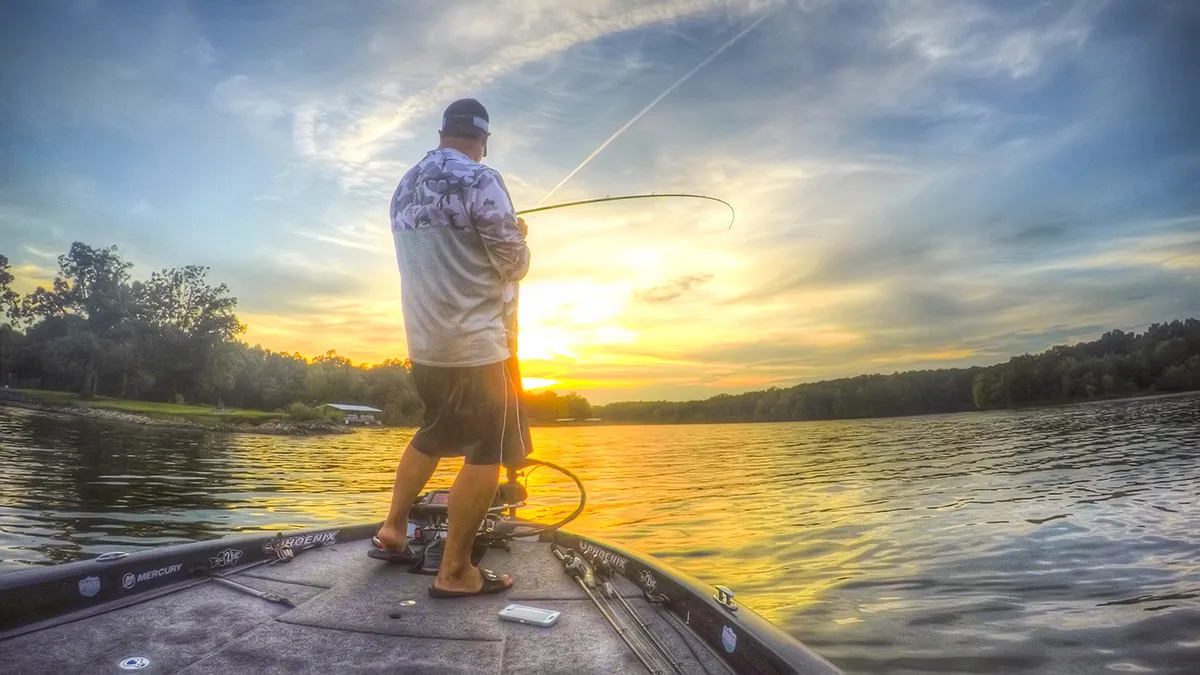
Pound test is not drag test
The first thing folks should know is you don’t need your drag set to the pound line you are using. Breaking strength and drag work in conjunction. Your drag slows a fish down way before he gets to the breaking point of the line. The idea is to wear the fish down, not just match it to the break strength of the line. That’s a recipe for disaster.
Most good anglers and pro shops will recommend setting your drag to about 20 to 30 percent of the pound test you are using. So if you’re using 10 pound test line, you will want your drag to start slipping with about 2 to 3 pounds of pressure.
Just because a fish weighs 10 pounds, doesn’t mean he’s pulling with 10 pounds of weight. He’s in water. He’s not behind a door pulling on your string where he has tons of leverage. Now if you have them hung up in cover, then your drag can fail you a lot quicker. So that’s another thing to be cautious of. But for the most part, a 5-pound bass is only ever really applying a pound or two of pressure on the fight.
Now if you try to swing the fish, a loose drag won’t work and tight drag might break the line depending on the size of the fish. So again what you’re doing with the line at any given moment matters.
But, generally speaking, 20 to 30 percent of the pound test is a good starting point.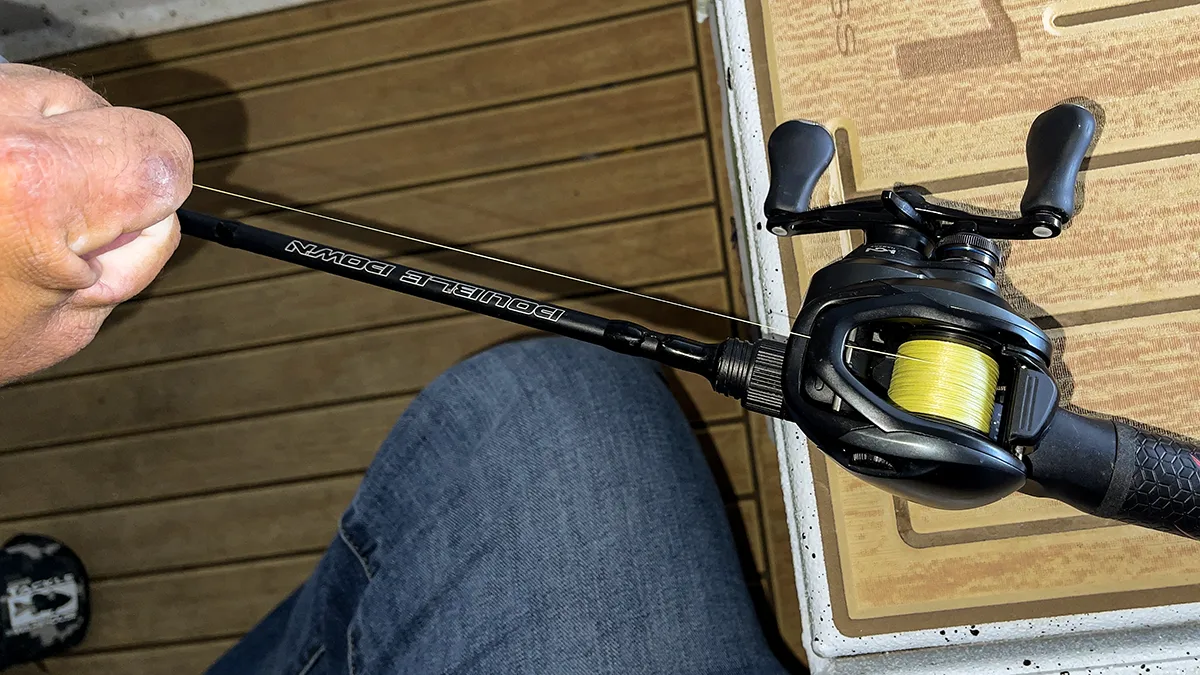
How to measure drag pull
This part can be tricky and honestly a good bit of nonsense has been said in this regard. Yes you could tie your line to a 2 or 3 pound dumbbell if your wife has some lying around the house for toning her arms. Or if you’re using 25-pound test maybe you just will tie it off to half empty milk jug. That’s certainly one way I suppose.
But most folks just use a spring scale. Tie your line to the scale coming straight out of the reel and set your drag and start pulling. If the scale is showing a weight in that 20 to 30 percent range, you’re good. If it’s low, tighten your drag just a little and try again. If it’s high, loosen your drag just a touch.
But for me this is not an exact science, It’s more of a gut feel. I pull with my hand and I can tell if it’s taking too much effort for the line I’m using. Obviously I’ve figured this out over years of using fishing reels and every line known to man, but I tend to tell people to start with it a little loose. Not so loose that when you set the hook, no line moves because the drag just gives way. But loose enough if you hit them hard with the hookset, the drag will forgive a little. And then go from there.
Think about picking up a jug of milk. If you can pull drag and it feels too heavy in your hand for the pound line you are using, it’s probably too tight.
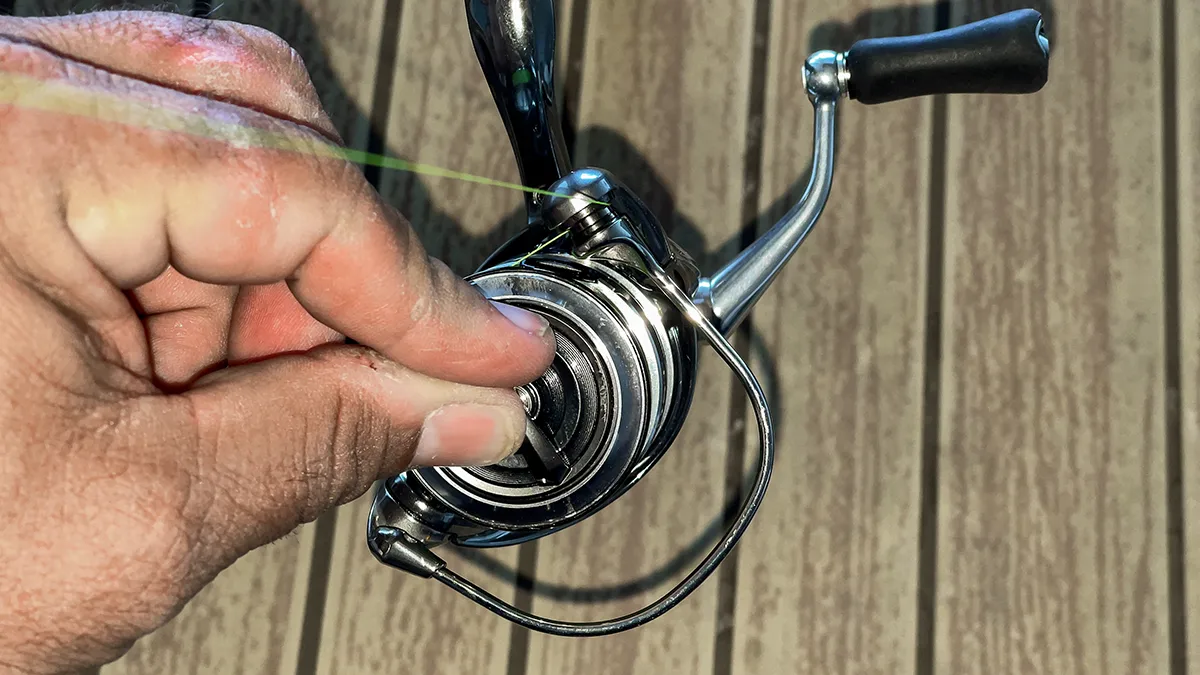
How to set the drag on spinning reels
On spinning reels, most of the drag system knobs are on the top of the spool. You simply turn it clockwise to tighten and counter clockwise to loosen. Spinning reels are nice because it’s quick and easy to back the drag off on a hard pulling fish which is nice. Because most of the time with spinning gear, we are using lighter lines.
Some of the old reels back in the day, had the drag knob on the bottom of the reel body. I still have a couple old Shimano spinning reels that had drags on the bottom. But for the most part the drag systems are on top of the spool with spinning reels.
Pinch the line between two fingers or over your forefinger and pinched with your thumb and pull to test the drag. Two things you want to feel. 1) the drag should slip smoothly. Sometimes, if it’s too tight, it can’t start smoothly, and that is where breaks happen. 2) you want it to feel like the drag is slipping well before you think you are about to break your line from pulling so hard. If you are feeling your line stretch, your drag is too tight.
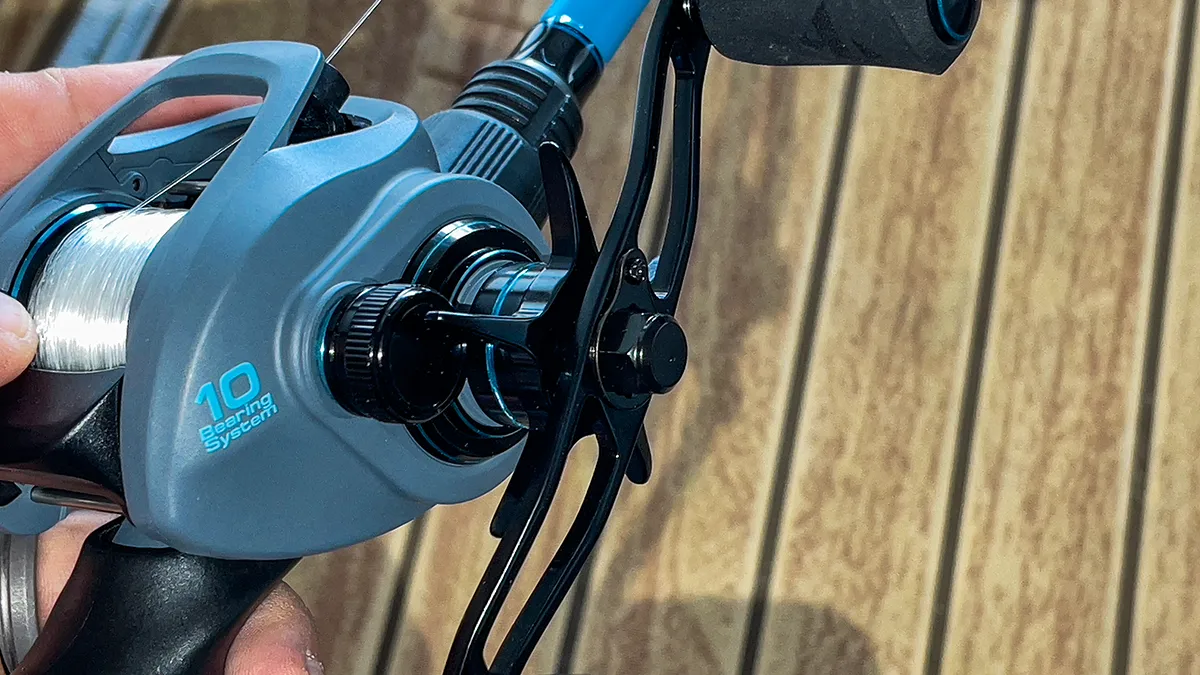
How to set the drag on baitcasters
On most baitcasters, the drag is a star knob at the base of the reel handle. You basically turn it forward to tighten, and “back it off” or turn it back towards you to lessen the drag. When I am using higher pound tests for bass fishing, I will have my drag pretty tight. But will back it off if a fish is really pulling hard. If I’m using 20-pound test, I have my drag pretty tight because I anticipate moving a bass most of the time under 10 pounds away from cove. Once out in open water, I might back the drag off or just use my thumb bar to engage the spool and feather it with my thumb to let line out on my own control.
You want enough drag to get a good hookset, but not so much that a hard run or surge breaks your line. So if you’re cranking with lighter pound test, you might want your drag to slip a little when the rod is pretty loaded.
Another way to test your drag is to gauge it to the bend in your rod. Run your line through all your guides and pull out several feet. Now pull the line until your rod bends and loads up pretty hard. When it is getting to a pretty good flex, the drag should start to give way. Your line has some stretch, your rod has some bend and then your drag should finally slip as a third layer of protection from breaking your line.
How to adjust drag for big fish
After you set the hook, and realize you have a larger than average fish, then it’s important to have a smooth working drag. It will help tire the big fish down while also avoiding it breaking your line on a big run or surge under the boat or into any nearby obstacles. You can do things like loosening your drag and then putting a hand or finger on the spool to slow the fish down some or to put just a little temporary pressure on the fish.
A lot of anglers will thumb their spool after engaging the thumb bar on a baitcaster. This usually comes with a lot of practice but it works well for me. I do this a lot with combos where I use braid.
If I’m using 65-pound braid for punching or frogging around heavy cover, I usually have my drag locked down. That’s so I can get a good hookset through a lot of obstacles and move the fish away from danger. Once I have the fish out in the open, I might try to play it down some if it’s too big to swing.
Because my drag is locked down, it can be hard to loosen in the middle of a fight. So pushing the thumb bar and feathering the spool with my thumb works better. You might engage and disengage your spool multiple times during the fight. But it’s saved my bacon more than once.
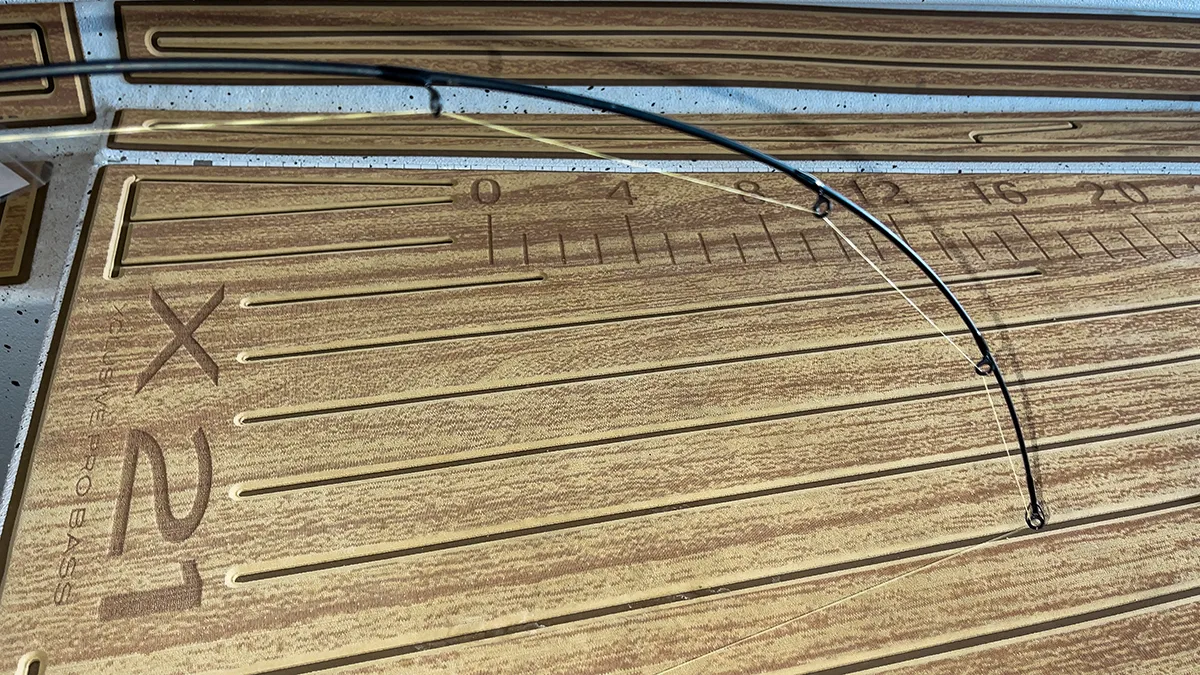
Other drag precautions
If you’re someone who keeps their drag tight, I would say in the offseason go in and loosen the drag on all your reels. Those drag washers can diminish under constant pressure. You can make the drag systems on your reels work a lot longer if you back off the pressure when not in use or just sitting in cold or hot garages.
Braided Fishing Line can change how much drag you need or don’t need. While braid doesn’t negate drag, it can give you a little more strength and room to work. But it can also lead to bent or broken hooks too. So it’s all a balance.
Again your line, your rod and your drag all work in conjunction to tame a fish and wear them down in a fight to make sure your line doesn’t break at any point from some spur of the moment lunge or surge around an obstacle. So start with drag a little looser and tighten down as you go to find the right balance. Once you get it set a few times, it gets really easy to keep your drag set correctly on all your fishing reels.











